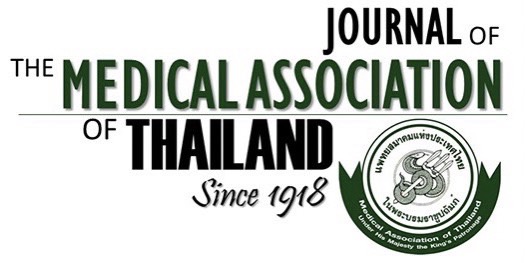An Overview of Antimicrobial Susceptibility Patterns for Gram-Negative Bacteria from the National Antimicrobial Resistance Surveillance Thailand (NARST) Program from 2000 to 2005
Anucha Apisarnthanarak MD*, Wanchai Buppunharun MD**, Surapee Tiengrim MSc***, Pathom Sawanpanyalert MD, DrPH****, Nalinee Aswapokee MD***
Affiliation : * Division of Infectious Diseases, Thammasat University Hospital, Pratumthani, Thailand ** Faculty of Medicine, Srinakharinwirot University, Nakorn Nayok, Thailand, *** Department of Medicine, Faculty of Medicine, Siriraj Hospital, Bangkok, Thailand ** Unit of Infectious Diseases, Faculty of Internal Medicine, Siriraj University Hospital, Mahidol University, Bangkok, Thailand ****National Institute of Health, Department of Medical Sciences, Nonthaburi, Thailand
The National Antimicrobial Resistance Surveillance Thailand (NARST) has been initiated since 1998 to strengthen the surveillance program for antimicrobial-resistant pathogens as well as to standardize the laboratory practices in Thailand. This collaborative network was funded by the World Health Organization, and involved 33 hospitals throughout Thailand at the first phase. Nevertheless, no prior effort has been made to share the antimicrobial resistance data in the national level. In this overview, the authors provide an update on the status of antimicrobial resistance from 2000 to 2005 among important Gram-negative patho- gens as well as the implication of these findings. The most striking finding appears to be the emergence of pandrug-resistant (PDR) Acinetobacter baumannii. Carbapenem-resistant A. baumannii has been dramatically increasing from 2.1% in 2000 to 46.7% in 2005. There is a trend towards the increasing incidence rates of ESBL-producing Escherichia coli from 2000 to 2005, but the incidence rates of ESBL-producing Klebseilla pneumoniae remain constant during the same period. The susceptibility of Burkholderia pseudomallei to various antibiotics, particularly ceftazidime and carbapenems, approached 100%. In conclusions, to help strengthen the future surveillance system, NARST needs to develop the data collection tools that include some important patient characteristics and the information that can help distinguish colonizations and infections as well as community-acquired infections and hospital-acquired infections. In addition, an appropriate test for antimicrobial susceptibility including the minimal inhibitory concentration determination should be implemented and carried out for all important pathogens. The NARST data emphasized a need to strengthen the antimicrobial stewardship as well as the infection control measures at the hospital level to help reduce the transmission of antimicrobial-resistant Gram-negative bacteria in Thailand.
Keywords : Anti-infective agents, Drug resistance, Bacterial, Gram-negative bacteria, Microbial sensitivity tests, Population surveillance, Thailand



